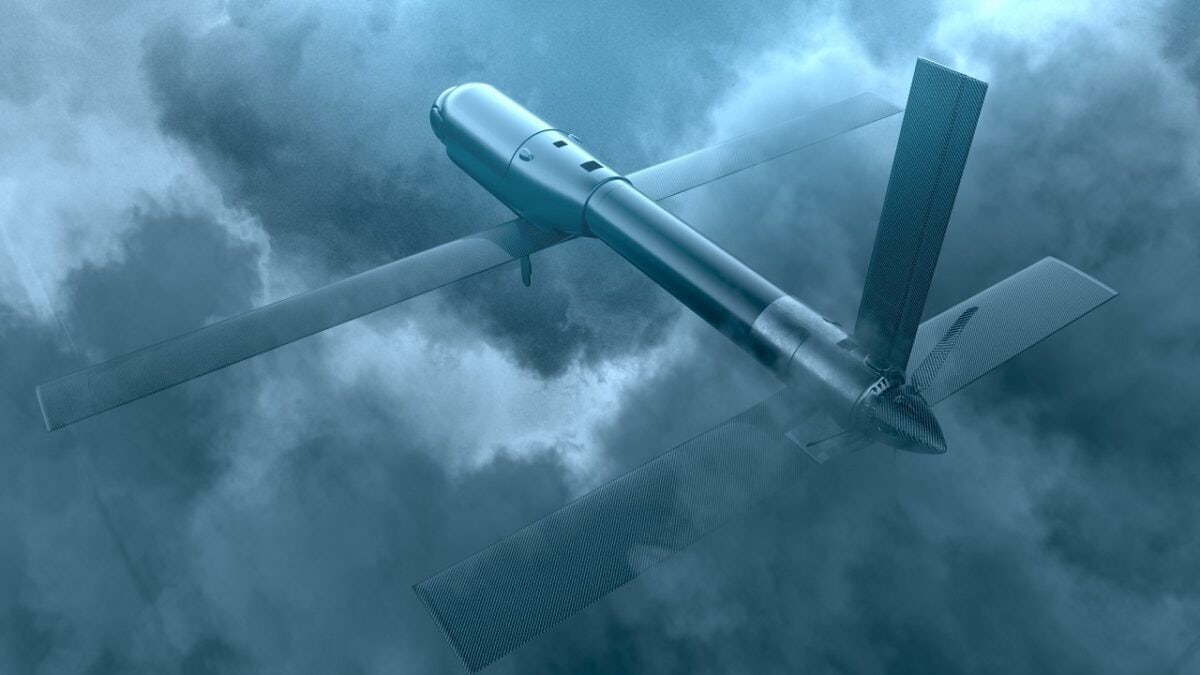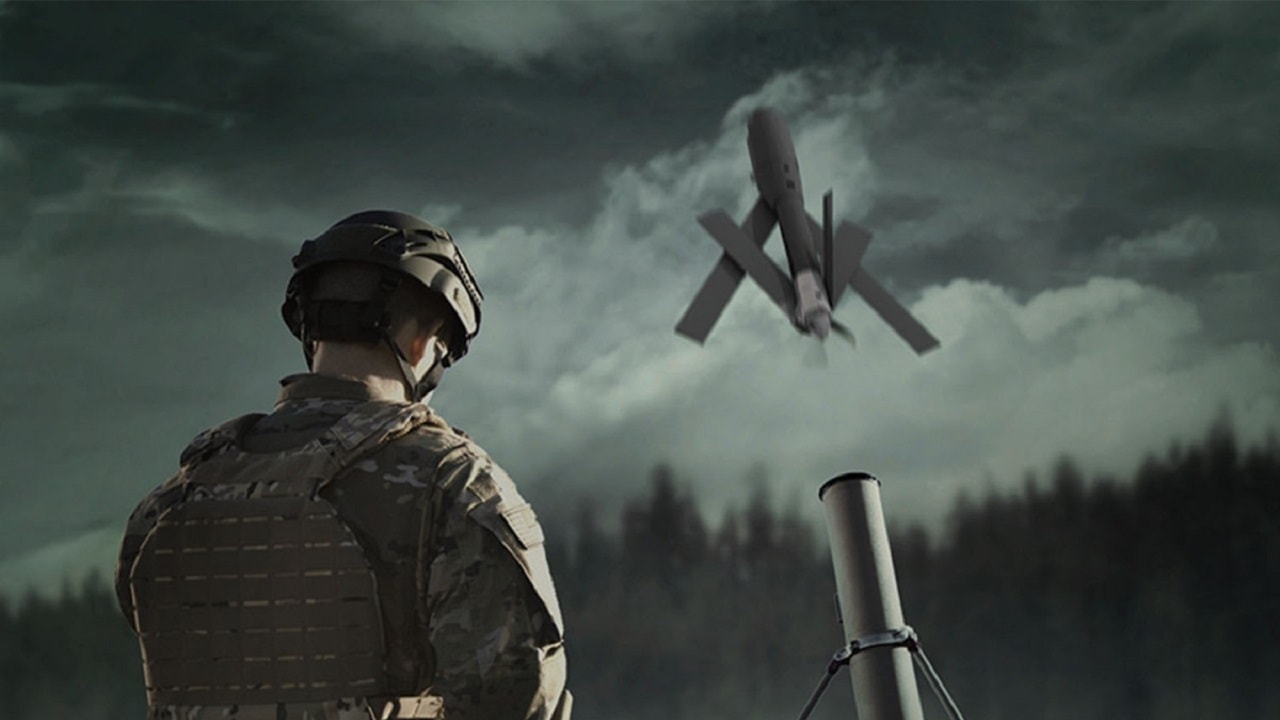Take it out of your rucksack. Quickly set up the launcher and watch it streak into the sky. It will deliver a kamikaze-like blow to wherever it’s targeted. Modern warfare has descended upon Ukraine with deadly suicide drones such as the Switchblade. The unmanned weapon caused a stir when it was announced that it was a part of various arms shipments from the United States. Let’s take a look at what it is and how the Switchblade works:
What Is the Switchblade?
The Americans sent the Ukrainians the first batch of 100-Switchblade loitering munitions and then put the word out that it was donating another 600 weapons as part of a $300 million arms package on April 17.
Referred to as the “flying shotgun,” the tactical drone is mostly for anti-personnel usage, but it can also harass tanks and armored vehicles because the munitions can be outfitted with a heavier anti-armor warhead that is launched quickly and in numbers.
Train the Trainer
The United States is taking a “train the trainer” approach to the Switchblade.
Ukrainian soldiers are coming over from Kyiv to receive instruction on the drone system. These training sessions are supposed to take only a few days. Then they will be able to spread the knowledge to other soldiers. The Ukrainians hope the system can be transported to the critical Donbas region which is the next phase of the war.
There Are Two Models with Different Specs
The more advanced Switchblade 600 (which the Americans have provided in fewer numbers) is an improvement over the base model as it has a larger anti-tank load. The six hundred models still weigh only 50-pounds. It can fly at over 100-miles per hour for 24-miles and stays in the air for 40-minutes. It takes only ten minutes to set up for launch.
The 300 version is made more for targeting enemy soldiers as it is only 1.6-feet long. It can reach speeds of up to 100-miles per hour. The 300 model has a lower range of only 6-miles and can loiter for 15-minutes. The 300 takes two minutes to fire.
Exact Targeting Capability
The targeting mechanism uses GPS waypoint navigation and can be “launch and forget.” Or it is flown remotely by soldiers. It is operated by a rechargeable battery.
The Switchblade is also designed to use targeting information from other drones. It is a one-shot one-kill and soldiers can re-call it and cancel a mission if they see the target is not hittable.
Who Makes the Drone?
The Switchblade is made by AeroVironment located in Arlington, Virginia. Steve Gitlin, AeroVironment’s Chief Marketing Officer, told The War Zone the following. “[Unlike] radio-controlled devices, the operator is not flying the aircraft, the operator’s simply indicating what he wants to look at, what he wants the camera to be pointing at, and the onboard computer flies the aircraft to that point and maintains on target,” he said. “We have a similar capability in our tactical unmanned aircraft systems. You could lock in on a target and the aircraft will basically maintain position on that target, autonomous.”

Switchblade drone. Image Credit: Industry handout.
Ukraine Should Try to Get More
The United States is likely to order more of these drones for use in Ukraine. They are an asymmetrical force multiplier that is easy to use and are carried by just one soldier. The base model loitering munition has the advantage of attacking enemy combatants, machine gun emplacements, and personnel hiding in trenches. The larger model is effective against tanks. The operator simply dials in the grid coordinates and lets it fly or sights it in through the video monitor.
The Russians are learning that the Switchblade is a weapons system that can make them pay a steep price for invading.
Now serving as 1945’s Defense and National Security Editor, Brent M. Eastwood, PhD, is the author of Humans, Machines, and Data: Future Trends in Warfare. He is an Emerging Threats expert and former U.S. Army Infantry officer. You can follow him on Twitter @BMEastwood.

